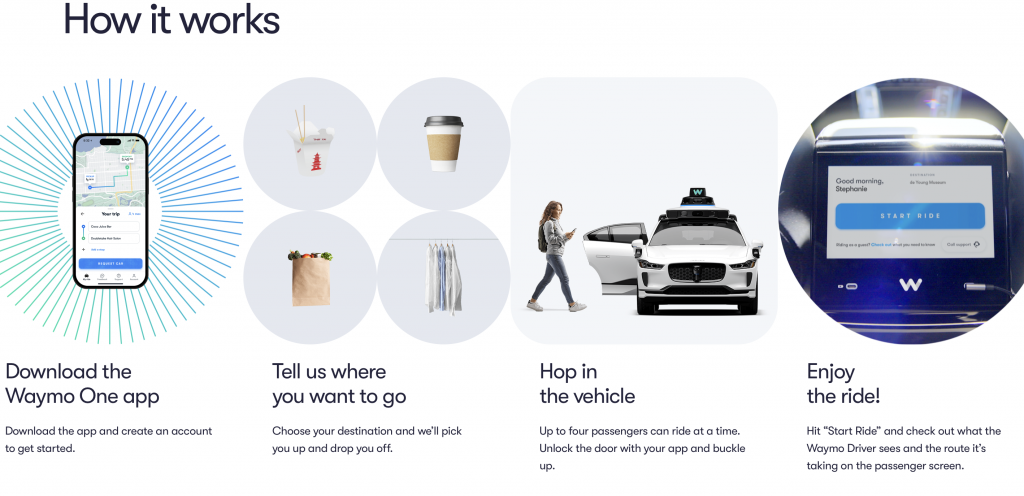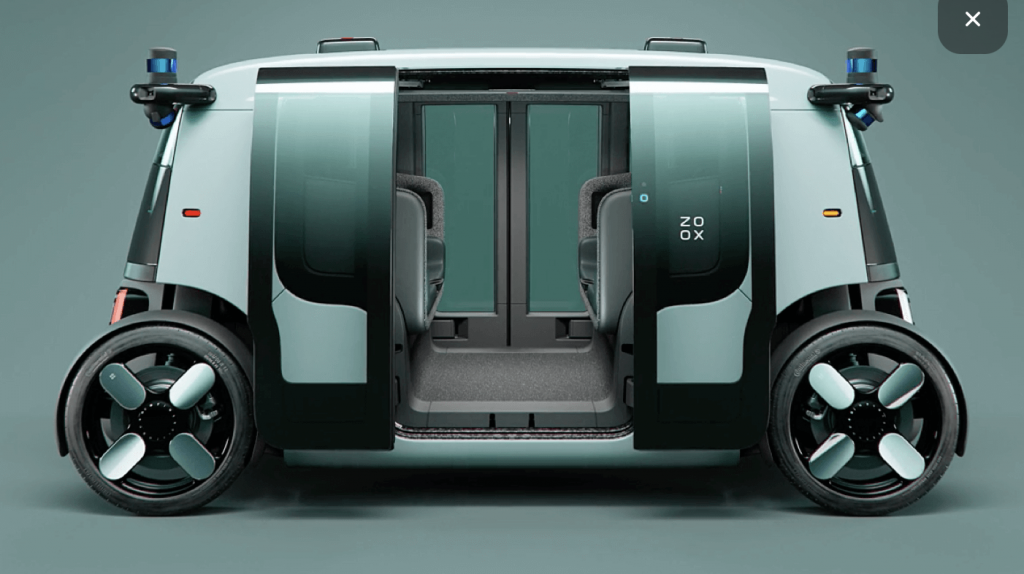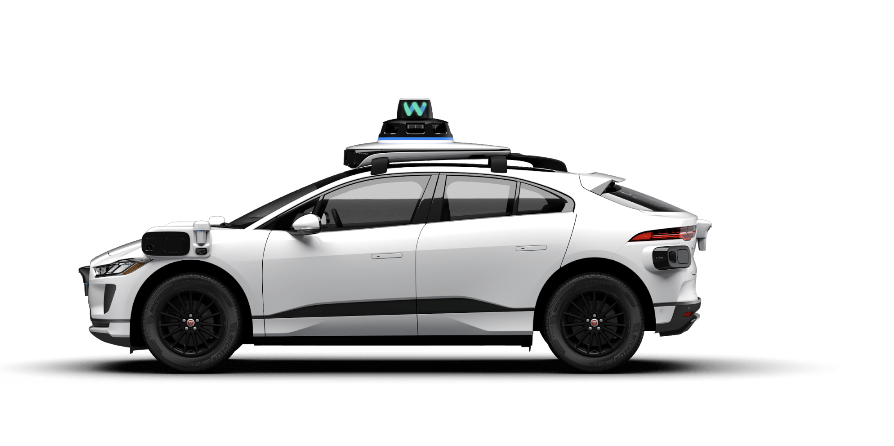Current state of robotaxis
Since Google began developing autonomous driving technology in 2012, we have witnessed rapid advancements in the field. In 2020, China’s Baidu launched its autonomous driving trials, further accelerating the technology’s progress. By 2021, both Cruise and Waymo began limited commercial operations in the U.S. As of May 2024, Baidu’s RobotGo has launched Robotaxis across major cities in China. In the first half of 2024, RobotGo completed 680,000 rides in Wuhan, reflecting the growing adoption of Robotaxis in China.
How does Robotaxis work?
- Customer experience
The customer experience of using a Robotaxi can be described as exceptionally smooth. Users simply request a ride through an app, much like Uber, by entering their pick-up and drop-off locations. The Robotaxi autonomously drives to the pick-up point, and customers unlock the door using the app. Once inside, customers can confirm the driving route, adjust the temperature, and even play music. Upon reaching their destination, the fare is displayed, and after confirming the bill and making payment, the ride experience is complete.

- Algorithms and technologies behind Robotaxis
Robotaxis use technology like LIDAR, cameras, radar, and AI to navigate and operate without a driver. These cars have sensors to see what’s around them, software to plan routes and avoid obstacles, and controls for steering and braking. These technologies use high-definition mapping and, in some cases, vehicle-to-everything (V2X) communication to exchange data with infrastructure and other vehicles.
There are two main types of Robotaxis. The first involves retrofitting existing vehicles with sensors and software. This method is faster and cheaper but may limit design effectiveness. The second approach involves building vehicles from scratch, optimized for autonomy with advanced sensors and no manual controls, but at a higher cost and longer production time.

Robotaxis companies currently hire safety supervisors to make sure customers are safe. In-vehicle safety operators monitor the vehicle’s autonomous systems and are trained to take control in emergencies. Some companies are also transitioning to remote supervision, where operators monitor and intervene from a control centre.

The Impact of Robotaxis on Passengers, Drivers, and the Automotive Industry
- For passengers
Robotaxis affect passengers in many ways. Fares are typically 60-80% of what Uber charges, making it a cost-effective alternative. Robotaxis are safer, especially for women travelling late at night. They follow traffic laws, so there is less speeding and reckless overtaking. Robotaxis are also quiet and private, which is good for business people.
However, passengers have concerns too. Some people think Robotaxis drive slowly or don’t handle traffic well because they follow the rules too strictly. There are also privacy concerns. Robotaxis have so many sensors that may capture personal information, which raises questions about passenger privacy. They could also be vulnerable to hacking, which could compromise passenger safety. Additionally, in situations of sudden network failure, passengers worry about how the Robotaxi would respond, highlighting the need for robust backup systems.
- For Taxi Drivers
For taxi drivers, Robotaxis pose significant challenges. Robotaxis compete directly for passengers, reducing the customer base for traditional taxi drivers. Sharing the road with Robotaxis also introduces complications. As Robotaxis strictly follow traffic rules, they often hesitate to turn, occupy lanes for long periods or change lanes slowly, all of which can disrupt the flow of traffic and reduce the driving efficiency of taxi drivers, causing frustration and delays.
However, the situation creates new opportunities as well. Companies such as Robotgo are hiring numerous remote supervisors, which could represent a new career path for taxi drivers whose roles may be taken over by Robotaxis.
- For Car industry
The rise of Robotaxis is transforming the automotive industry by shifting consumer preference from car ownership to mobility services, resulting in a decline in traditional vehicle sales. Manufacturers are adapting by redesigning vehicles specifically for autonomy, eliminating traditional controls to enhance passenger comfort and safety. Additionally, significant investments in advanced technologies, such as AI and sensor integration, are necessary to remain competitive and ensure the safe operation of these vehicles. As these changes take place, the industry will focus on innovation and the evolution of urban mobility.
Conclusion
In my view, Robotaxis represent the future of the taxi industry. I would definitely try and choose to ride in a Robotaxi, as I can no longer tolerate rude, reckless drivers. While there are currently many safety and technical concerns, I believe that with improved industry regulations and advancements in technology, Robotaxis will become increasingly sophisticated—much like many new technologies that faced initial skepticism but later gained widespread acceptance.
So, what are your opinions? Would you choose to ride in a Robotaxi instead of an Uber? Feel free to share your opinions in the comments!


Very interesting insight given about the future of the taxi market and how Uber (a large company who managed to digitally disrupt the taxi market in the first place) is now at risk of being enveloped and taken-over itself. Given that human error in driving experiences is more likely to occur in comparison to the model and technology built around Robotaxis, society may indeed become more in favor for this type of service. Nevertheless, as you mentioned, I think it is essential to regard the complex perspectives about data privacy and hacker-risks due to the technology infused in this new type of business model. Even though there is a lot of potential, I wonder how Robotaxis are able to overcome these potential threats in order to gain enough trust in their potential customer base. I would still be hesitant to trust the AI. Also, as society has grown into managing traffic with human senses for as long as the car industry has existed, this poses a great challenge for the AI to be able to complement the other transportation methods on the road. Last point, as companies such as Robotgo are hiring remote supervisors, I wonder if these skills would align enough with traditional taxi drivers for their ‘jobs’ to be indirectly ‘saved’ in this way (as you in a way are inferring). Interesting development for sure!
Thanks for your Blog, I enjoyed reading it. Personally I would love to try a Robotaxi instead of Uber or Bolt, but I am concerned that it would take a very long time before we start seeing them functioning in The Netherlands, or even anywhere in Europe. There are some very key differences between Europe and the US. For example, regarding the new European Artificial Intelligence Act. Robotaxis will fall under the High-risk level and will be strictly regulated. The same issue persists with Tesla’s Autopilot (automated driving level 2), which is still not permitted in Europe, although it is allowed in some US states and China. Moreover, Europe’s complex infrastructure, including narrow historical roads, and differing consumer behaviour, such as a higher reliance on public transport in the Netherlands, present additional challenges. I’m curious to see when this technology will become available in Europe, particularly in the Netherlands.